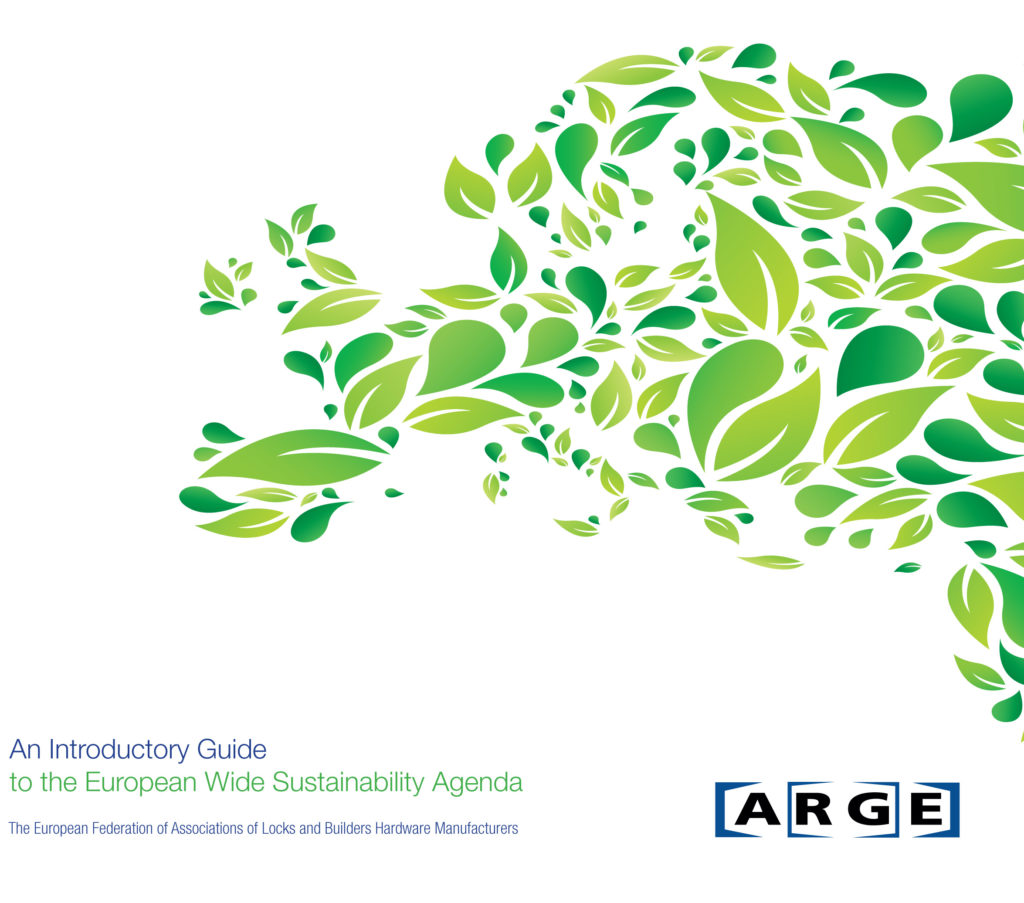Route to EPDs

With the annual ARGE conference just a few weeks away and with EPDs very much the priority on the agenda, we take a look in more detail at the route to EPDs.
It has been established that EPDs will be mandatory for the growth and commercial success of any business, so let’s examine the background and development of the schemes and how they relate to each other.
Life-cycle Assessment
All products have an impact on the environment and this can occur at anytime during the manufacture, usage or end of life. These stages are collectively known as a Life-cycle. The measurement of the impact is called a Life-cycle assessment (LCA), which for construction products examines the impacts extraction of raw materials, processing, manufacturing, maintenance, refurbishment and eventual end of life and disposal.
There are two types of LCAs – generic and proprietary. Generic LCAs collate data from several manufacturers to create an industry average, whereas proprietary LCAs are specific to a manufacturer and their product.
LCAs report on all significant environmental impacts associated with a product or process, and therefore cover a range of issues. Impacts most commonly considered in the Life-cycle of a construction product are:
- Climate change
- Acidification
- Eutrophication
- Stratosphere Ozone depletion
- Photochemical Ozone creation
Product Category Rules
Product Category Rules or PCRs are the common rules applied to EPDs, ensuring only EPDs with the same PCRs can be compared. To be comparable EPDs must have the same PCR, to ensure scope, methodology, data quality and indicators are the same.
For compliant EPD, an independent verifier must critically review the LCA and ensure it has followed the PCR.
EPDs
Environmental Product Declarations or EPDs are the construction industry’s vehicle for communicating the life-cycle assessment information. EPDs provide environmental data in a common format.
Many European countries have developed national LCA schemes producing EPDs. ARGE plans to create a Pan-European EPD that can be accessed by all members.
EPDs are published by Programme Operators, such as BRE or IBU, and in the main construction product EPDs are modular. This means that an EPD for cement can be used alongside one for aggregate, to produce an EPD for concrete.
The ECO Platform in Europe
The ECO platform is an enabling vehicle for pan European EPDs and therefore fundamental to the delivery of EPDs.
With the advent of the European single market for construction products, the European Commission became concerned that national EPD schemes and building level assessment schemes would represent a barrier to trade across Europe.
The EU therefore sought a mandate from the EU Member States to develop European standards for the assessment of the sustainability performance of construction works and construction products. This mandate is called CEN/TC 350. From 2010 European Standards began to emerge from this process and Standard BS EN15804 was published in February 2012 providing core rules for construction product EPDs.
To manage this an ECO platform has been established. This consists of 18 European programme holders for EPDs, which must meet and agree each other’s EPDs creating ECO approved EPDs, leading to a more accessible route to a pan-European market.
The ECO platform is essentially a European umbrella for national EPD programme operators.
It’s important to understand the background to EPDs but to learn more about the future, you should be looking to engage with ARGE and attend the annual conference in Budapest on 5th to 6th September.
We’re interested to hear your thuoghts about your understanding of the background of EPDs and what your vision for the future is, so please leave your comments below…
